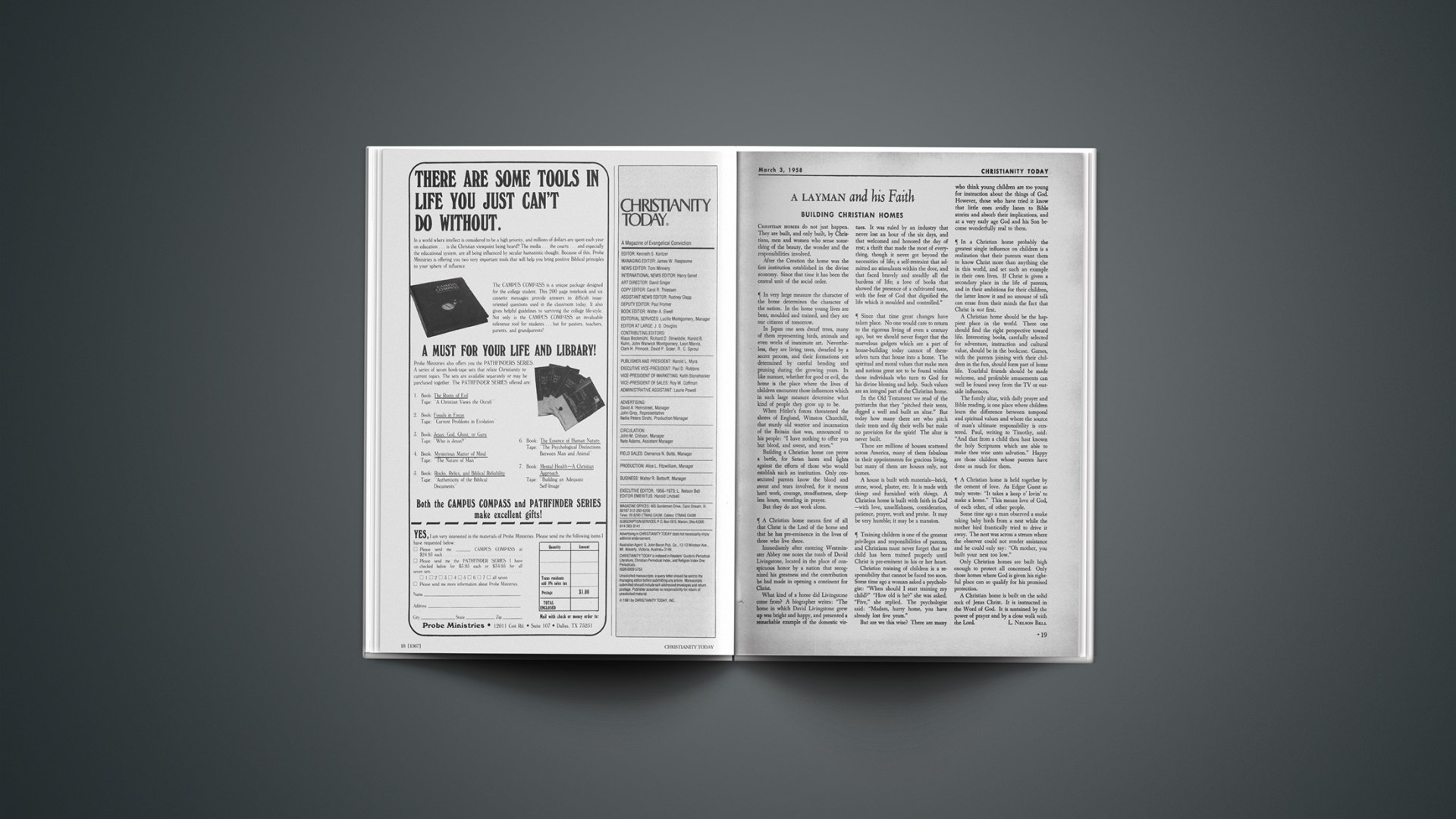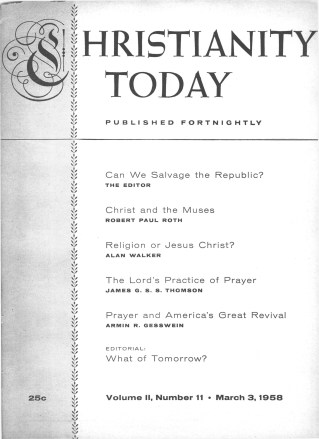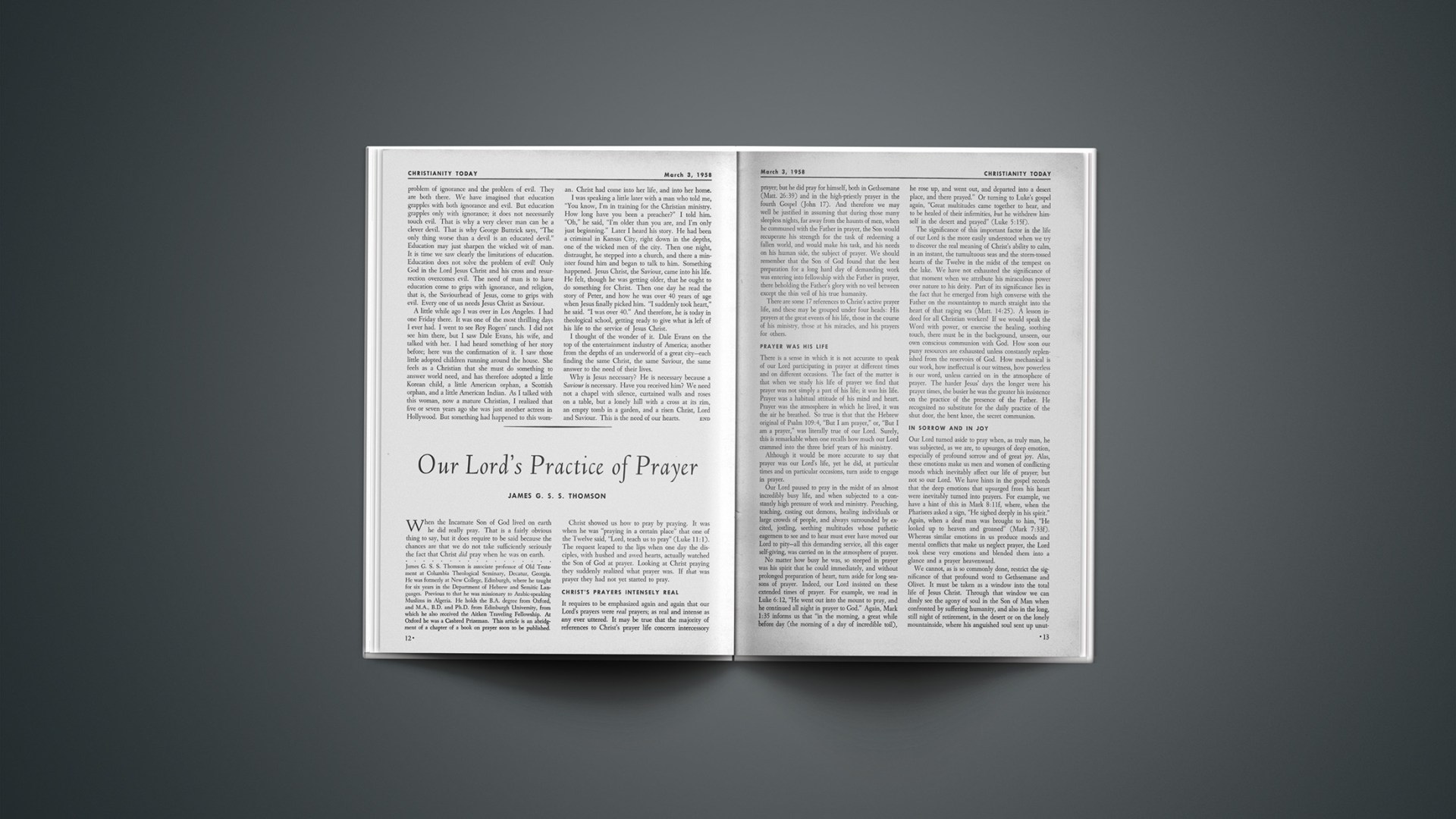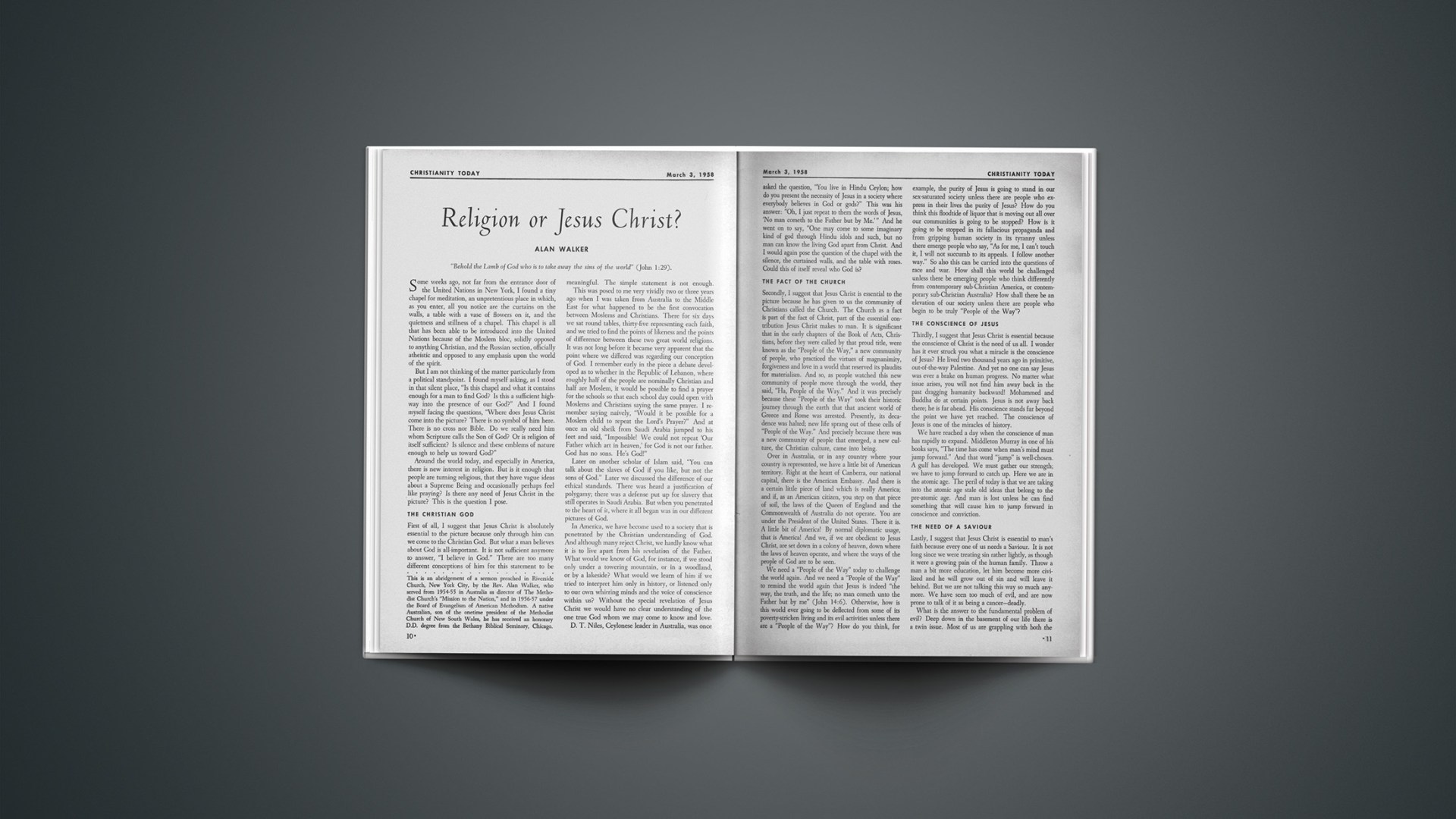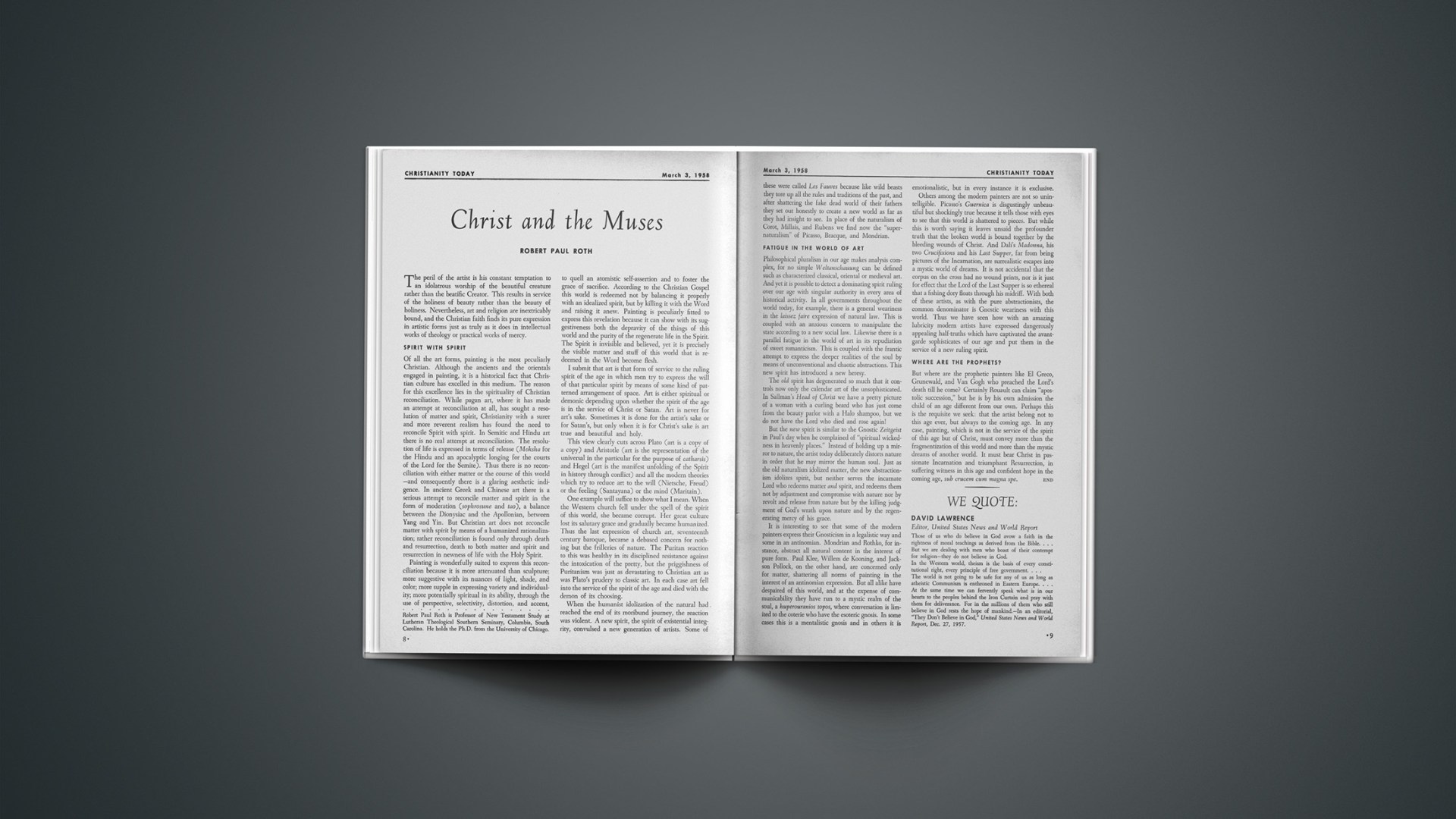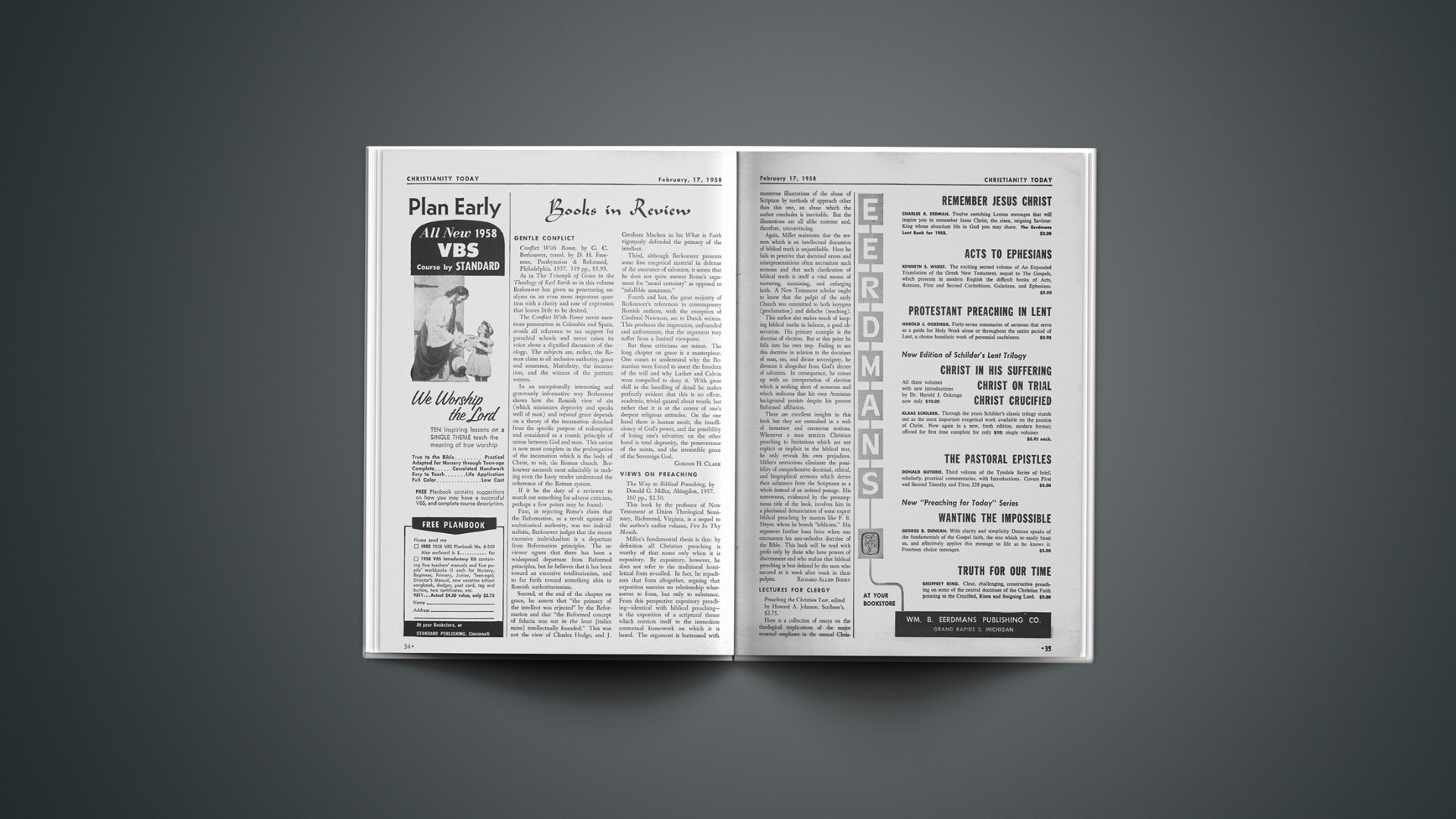Building Christian Homes
Christian homes do not just happen. They are built, and only built, by Christians, men and women who sense something of the beauty, the wonder and the responsibilities involved.
After the Creation the home was the first institution established in the divine economy. Since that time it has been the central unit of the social order.
In very large measure the character of the home determines the character of the nation. In the home young lives are bent, moulded and trained, and they are our citizens of tomorrow.
In Japan one sees dwarf trees, many of them representing birds, animals and even works of inanimate art. Nevertheless, they are living trees, dwarfed by a secret process, and their formations are determined by careful bending and pruning during the growing years. In like manner, whether for good or evil, the home is the place where the lives of children encounter those influences which in such large measure determine what kind of people they grow up to be.
When Hitler’s forces threatened the shores of England, Winston Churchill, that sturdy old warrior and incarnation of the Britain that was, announced to his people: “I have nothing to offer you but blood, and sweat, and tears.”
Building a Christian home can prove a battle, for Satan hates and fights against the efforts of those who would establish such an institution. Only consecrated parents know the blood and sweat and tears involved, for it means hard work, courage, steadfastness, sleepless hours, wrestling in prayer.
But they do not work alone.
A Christian home means first of all that Christ is the Lord of the home and that he has pre-eminence in the lives of those who live there.
Immediately after entering Westminster Abbey one notes the tomb of David Livingstone, located in the place of conspicuous honor by a nation that recognized his greatness and the contribution he had made in opening a continent for Christ.
What kind of a home did Livingstone come from? A biographer writes: “The home in which David Livingstone grew up was bright and happy, and presented a remarkable example of the domestic virtues. It was ruled by an industry that never lost an hour of the six days, and that welcomed and honored the day of rest; a thrift that made the most of everything, though it never got beyond the necessities of life; a self-restraint that admitted no stimulants within the door, and that faced bravely and steadily all the burdens of life; a love of books that showed the presence of a cultivated taste, with the fear of God that dignified the life which it moulded and controlled.”
Since that time great changes have taken place. No one would care to return to the rigorous living of even a century ago, but we should never forget that the marvelous gadgets which are a part of house-building today cannot of themselves turn that house into a home. The spiritual and moral values that make men and nations great are to be found within those individuals who turn to God for his divine blessing and help. Such values are an integral part of the Christian home.
In the Old Testament we read of the patriarchs that they “pitched their tents, digged a well and built an altar.” But today how many there are who pitch their tents and dig their wells but make no provision for the spirit! The altar is never built.
There are millions of houses scattered across America, many of them fabulous in their appointments for gracious living, but many of them are houses only, not homes.
A house is built with materials—brick, stone, wood, plaster, etc. It is made with things and furnished with things. A Christian home is built with faith in God—with love, unselfishness, consideration, patience, prayer, work and praise. It may be very humble; it may be a mansion.
Training children is one of the greatest privileges and responsibilities of parents, and Christians must never forget that no child has been trained properly until Christ is pre-eminent in his or her heart.
Christian training of children is a responsibility that cannot be faced too soon. Some time ago a woman asked a psychologist: “When should I start training my child?” “How old is he?” she was asked. “Five,” she replied. The psychologist said: “Madam, hurry home, you have already lost five years.”
But are we this wise? There are many who think young children are too young for instruction about the things of God. However, those who have tried it know that little ones avidly listen to Bible stories and absorb their implications, and at a very early age God and his Son become wonderfully real to them.
In a Christian home probably the greatest single influence on children is a realization that their parents want them to know Christ more than anything else in this world, and set such an example in their own lives. If Christ is given a secondary place in the life of parents, and in their ambitions for their children, the latter know it and no amount of talk can erase from their minds the fact that Christ is not first.
A Christian home should be the happiest place in the world. There one should find the right perspective toward life. Interesting books, carefully selected for adventure, instruction and cultural value, should be in the bookcase. Games, with the parents joining with their children in the fun, should form part of home life. Youthful friends should be made welcome, and profitable amusements can well be found away from the TV or outside influences.
The family altar, with daily prayer and Bible reading, is one place where children learn the difference between temporal and spiritual values and where the source of man’s ultimate responsibility is centered. Paul, writing to Timothy, said: “And that from a child thou hast known the holy Scriptures which are able to make thee wise unto salvation.” Happy are those children whose parents have done as much for them.
A Christian home is held together by the cement of love. As Edgar Guest so truly wrote: “It takes a heap o’ lovin’ to make a home.” This means love of God, of each other, of other people.
Some time ago a man observed a snake taking baby birds from a nest while the mother bird frantically tried to drive it away. The nest was across a stream where the observer could not render assistance and he could only say: “Oh mother, you built your nest too low.”
Only Christian homes are built high enough to protect all concerned. Only those homes where God is given his rightful place can so qualify for his promised protection.
A Christian home is built on the solid rock of Jesus Christ. It is instructed in the Word of God. It is sustained by the power of prayer and by a close walk with the Lord.
L. NELSON BELL

